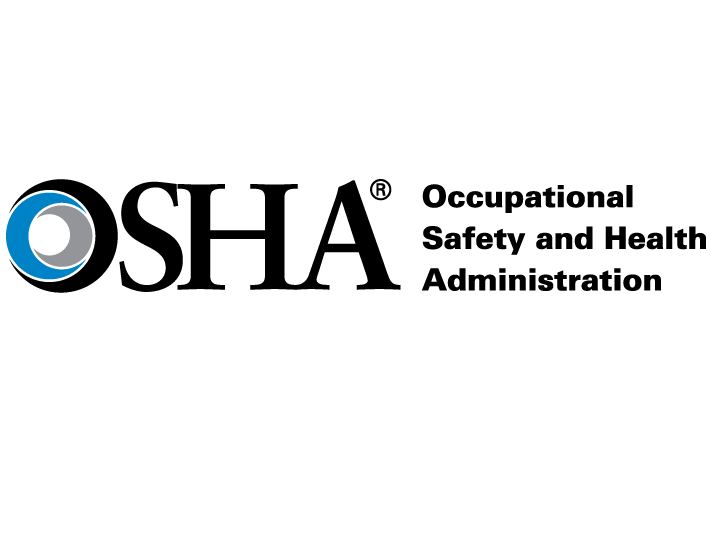New OSHA Silica Standards

On October 20, Attorney Chuck Palmer, Michael Best law firm, discussed the legal requirements of the new OSHA silica standards that went into effect September 23, 2017.
He provided a newsletter that further explained:
The rule significantly lowers the permissible exposure limit (PEL) for respirable silica dust in the construction industry, imposing a 50 microgram per cubic meter exposure limit, calculated as an eight-hour time-weighted average (TWA). This new uniform numeric-value standard replaces a prior formula-based standard that varied depending on the composition of silica present and often permitted higher exposures.
Employers subject to the construction rule may comply in one of two ways. First, for certain listed tasks involving materials containing crystalline silica, the employer may comply by fully and properly implementing required engineering and work practice controls and respiratory protection as prescribed by Table 1 of the rule. Thus, an employer may be able to fully comply with the rule by implementing dust control measures such as water dust suppression or vacuum dust collection meeting the particular requirements for the activity.
In the alternative, an employer may comply by completing “exposure assessments,” of employees above the action level of 25 micrograms per cubic meter, expressed as an eight-hour TWA.
Employers choosing the “exposure assessment” option may meet their obligations by (1) using air monitoring data or objective data to characterize and monitor employee exposures to ensure compliance or (2) adopting a scheduled monitoring procedure to identify and periodically evaluate the exposure of employees who may be above the action limit of 25 micrograms per cubic meter when measured as an eight-hour TWA. Based on the results of the exposure assessments, the employer must implement controls to reduce respirable silica to the lowest feasible level and provide employees with respirators compliant with federal regulations.
The rule also contains several ancillary requirements. Under the rule, employers must:
- Make medical screening available to employees who are required to use a respirator more than 30 or more days per year;
- Develop a written exposure control plan;
- Maintain certain records; and
- Comply with certain limitations on housekeeping practices, such as using wet sweeping, HEPA-filtered vacuuming, or other methods designed to reduce employee exposure when feasible.
